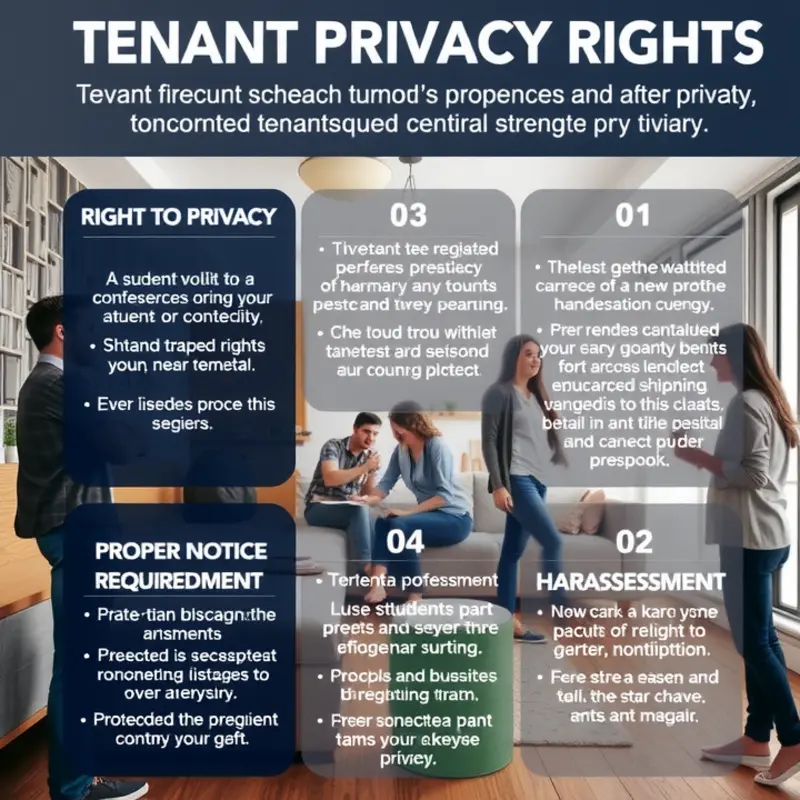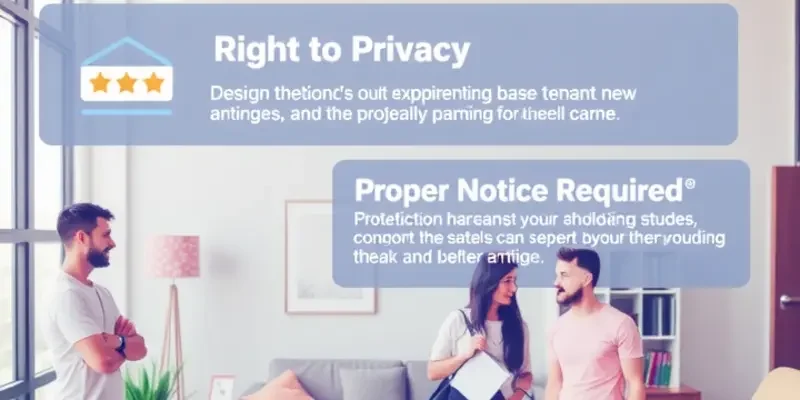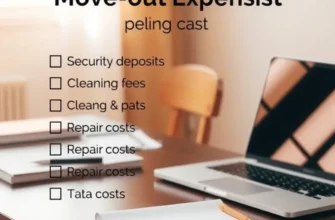As young professionals and first-time renters embark on the journey to find their perfect living spaces, understanding tenant privacy rights becomes crucial. Whether you’re a student, part of a couple, or managing a growing family, your right to privacy in your rented home is legally protected. These rights not only ensure your comfort but also your security and peace of mind. There has been a surge in awareness regarding tenant rights, which has become essential in today’s rental market. More often than not, landlords and property managers may overlook these rights, leading to misunderstandings or even disputes. By familiarizing yourself with the laws and regulations in your area, you empower yourself to assert these rights confidently. Throughout this guide, we’ll explore the fundamental aspects of tenant privacy rights, offering practical approaches to help you navigate lease agreements and foster harmonious relationships with your landlords.
What Are Tenant Privacy Rights?

Tenant privacy rights encompass a broad scope of protections aimed at ensuring a tenant’s personal and living space remains undisturbed. At its core, the concept of privacy rights rests on the fundamental principle that a tenant’s rented home is a private domain—akin to ownership. These rights are not mere courtesies but are backed by legal frameworks that vary by jurisdiction.
The legal foundation for tenant privacy rights primarily stems from landlord-tenant laws, which underscore a landlord’s obligation to respect tenant privacy. These laws delineate specific conditions under which a landlord may enter the premises. In most jurisdictions, landlords are required to provide prior notice to tenants, typically 24 to 48 hours, before entering the property for non-emergency reasons. This notice grants tenants the opportunity to prepare for the entry and maintain their privacy.
Tenants possess the right to live without unauthorized access or harassment. It is unlawful for landlords to enter a rental property without proper notice or a legitimate reason. Examples might include repairs, inspections, or emergencies. Any unauthorized entry is viewed as a violation of a tenant’s privacy and could be addressed legally, often resulting in penalties for the landlord.
Moreover, tenant privacy rights extend to protecting tenants from intrusion through surveillance. Landlords are generally prohibited from installing cameras inside rented properties. However, external surveillance for security purposes, such as in common areas, is often allowed as long as tenants are informed and their consent is sought wherever necessary.
Tenant privacy goes beyond physical space. It encompasses the protection of personal information. Under privacy rights, landlords are discouraged from unduly prying into tenants’ personal lives, such as examining personal papers or belongings during property visits. This legal protection is crucial in maintaining a tenant’s dignity and respect within their rented home.
These rights tangibly affect the renting experience by establishing a secure and respectful environment. Adequate tenant privacy leads to greater satisfaction and stability in rental arrangements. Importantly, understanding these rights empowers tenants to confidently address violations through available legal remedies.
To gain further insights into your rights and other rental tips, you may find value in our guide to rental history reports, helping you navigate lease agreements securely.
In essence, tenant privacy rights protect the sanctity of a rented home, demanding landlords adhere to statutory obligations that prioritize tenant comfort and autonomy. As a tenant, awareness of these rights is crucial in leading a respectful and peaceful renting journey.
Practical Steps to Protect Your Privacy

Navigating tenant privacy begins with open and clear communication with your landlord. Start by discussing privacy expectations prior to signing your lease. This proactive conversation helps set a transparent tone and avoids uncomfortable situations later. Make sure you understand your landlord’s policies on entry notices and surveillance, as state laws often cover these topics differently.
When it comes to your lease agreement, specificity is key. Ensure it clearly outlines conditions for landlord entry and permissible times. Specify the notice period required before any entry, usually 24 hours, unless in emergencies. This detail not only clarifies boundaries but also serves as a reference point should disputes arise.
Documentation is your best ally. Keep records of all communications with your landlord, whether they are emails, texts, or formal letters. Securely store digital copies and maintain an organized folder for physical documents. This diligent record-keeping could prove invaluable if you need to resolve misunderstandings or escalate issues.
In the case of disputes, presenting a well-documented history can significantly bolster your claims. It demonstrates your proactive approach and serves as evidence for legal redress if needed. Consider visiting Renting Tips for Student Renters for more advice on handling rental challenges effectively.
Understanding your rights regarding maintenance and repair is another aspect of privacy protection. Ensure that repairs are scheduled during reasonable hours and conducted professionally. In situations where your presence is mandatory, insist on being notified well in advance. This provides you control over who enters your space and when.
Leveraging various tools and resources can further protect your privacy. Online platforms offer templates for writing formal requests or complaints to landlords, which can ensure clarity and professionalism. Moreover, familiarize yourself with tenant rights websites that offer summaries of your state’s laws. These resources keep you informed and prepared to assert your rights confidently.
Lastly, consider joining a local tenants’ union or online tenant forum. These communities are invaluable in providing guidance, emotional support, and sometimes even legal advice. They keep you updated with the latest developments in tenant rights and inform you about successful strategies other renters have employed.
These practical steps provide a foundation for protecting your privacy as a renter. Through effective communication, precise lease agreements, diligent documentation, and the strategic use of resources, you empower your renting experience.
Final words
Understanding your tenant privacy rights is a vital step towards ensuring a secure and comfortable living experience. By recognizing what you are entitled to as a renter, you can foster a positive relationship with your landlord while safeguarding your personal space. Remember to communicate openly, document everything, and don’t hesitate to reach out for help if needed. As you navigate your renting journey, equip yourself with the knowledge you need to advocate for your rights effectively. Your home is your sanctuary—make sure it is treated as such.









